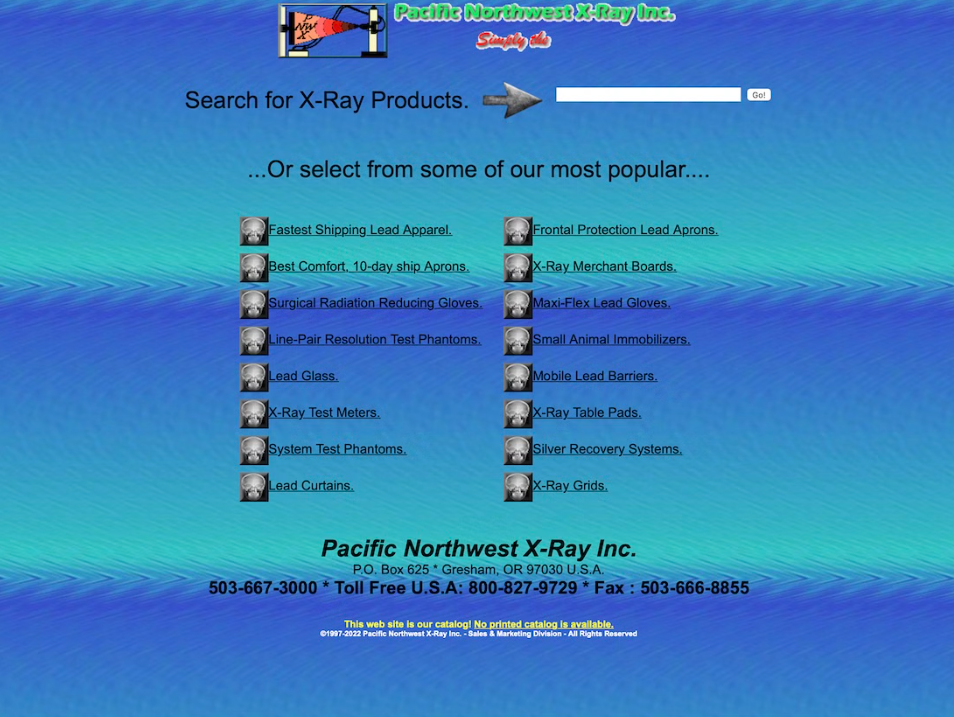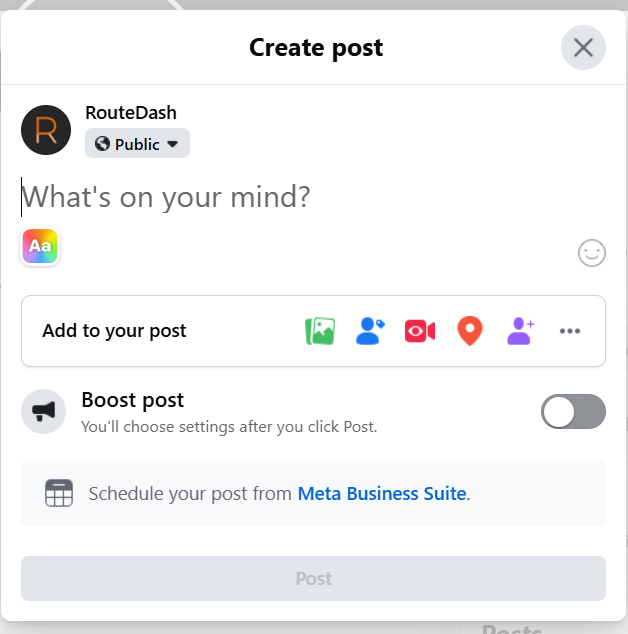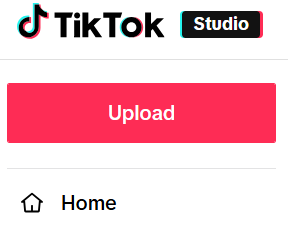Am I Too Old to TikTok
Navigating the world of social media

The answer is probably yes. Seriously, though, it’s not as straightforward as you would think. Especially if you’re considering using TikTok, or any social platform, for business. Social media is an amazing way to connect with your current clients, build brand awareness, and find new customers. But if it were as easy as just signing up for Facebook, you wouldn’t have an entirely new industry created with the sole purpose of managing and analyzing social media. The social media world is a big one and it’s important to figure out what you're doing before falling victim to common mistakes.
Picture this: You’ve just started your dream business. Awesome! Way to go! You’ve got everything set up and you’ve even got a few customers that aren’t family and friends. How do you go about building on that client base and more importantly, how do you continue to connect with them after they bought your product or service?
You've signed up for Facebook- now what?
Social media is one of the many different pieces of digital marketing that will help you do this. Your gut reaction might be to get yourself onto every social media platform out there. And, hey, why not? You’re trying to reach the most people possible so everyone can learn about your brand. However, trying to spread all your social media resources across every platform may not be efficient, or worse, won't allow you to use the platforms effectively.
Target audiences and ideal customers
What you need to do first is identify who your target audience is, or in simpler terms, who your ideal customer is. In this post-COVID, tech-savvy world, it’s now more necessary than ever to figure out who your customers are so you can show them how your product or service is better than the competition’s. After you figure out who needs/wants your product you have to find them. This makes sense, right? If all your customers are hanging out on Pinterest or Facebook and you’re devoting your time to Twitter there’s a good chance your marketing efforts are missing the mark. You’ll have a greater chance of expanding your customer base by identifying where large groups of them hang out. Finding a place for your brand to thrive will help grow your customer base and create deeper relationships with your current customers.
Social listening in a visual world.
Now that you’ve figured out the who and where it’s time to figure out how they use the platform. Is it pictures, memes, hashtags? A combination of all of those or maybe none of those? There is no one-size-fits-all answer to this because even on each platform different users have unique ways of sharing ideas and content. You need to put yourself in your target audience’s shoes and observe what they’re doing.
Follow trending hashtags and join niche-specific groups; doing this will help you to learn not only how your audience uses the platform but will give you key insights into their likes, dislikes, and any potential need gaps your products might be able to fill. This is invaluable market research that you can take to the rest of your digital marketing plan to frame how you sell your product.
Spying on the competition.
Another great way to figure out how social media is being used is to take a look at what the competition is doing. It’s important to find businesses that are already fairly well established on the platform you’re trying to use because you can learn from what they’ve done and maybe what they haven’t done. Have they made any mistakes or faux pas that you can avoid? Are they targeting a segment of the audience you haven’t thought of? It’s not all about copying what they’re doing. Emulate what you like and avoid what you don’t think is working or doesn’t fit your brand. Use this information to help define your brand as its own, unique thing that customers want to follow, share, and contribute to the dialog.
Crafting content that connects.
Creating content that seamlessly fits into your audience's ongoing conversations happens over time as you learn to engage with them. First, you need to figure out who your brand is by creating a voice, or your brand’s unique personality that is the same throughout all of your communication with your customers. This is different than tone.
Tone will vary between platforms and segments of your audience. Match the tone of your audience, but your voice will be specific to your brand and will take time to grow. We can’t all expect to be a Wendy’s out the gate, nor is that something that would fit every brand. Find a personality that speaks to your ideal customer’s demographics and traits and know that it’s okay if this changes over time as your ideal customer might change as your business grows.
Giving is receiving on social media.
One important thing to note before you start posting is that you don’t want all your content to be sales pitches. Let’s put it this way. You wouldn’t walk up to a group of people at a party if you can remember what a party is anymore, and say “For a limited time, 50% off to all new subscribers!” No. Everyone would back away slowly and look at you like you had 10 heads. Imagine social media is like a big party. Before you can sell on social media you need to offer something to the conversation to establish yourself as a part of that community. Developing those connections by telling your brand’s story is how you grow a following that will share and promote your business.
Building a meaningful presence on social media that delivers results is no easy feat. It requires a deep understanding not only of your business but of the needs and personalities of your customers. When you take the time to identify which platforms it makes sense to spend your time and money on you will gain followers who are passionate about your brand. They'll be interested in engaging in your content, whether it’s sharing a meme, posting user-generated content, or sharing your business with their friends and followers. It may not be clear right away if your business is "too old" to TikTok, but with the right research you’ll discover which social media platforms are the right places for your brand.
Need help finding your place in the social media world? Contact us for a no-obligation consultation with our team of experts today!



